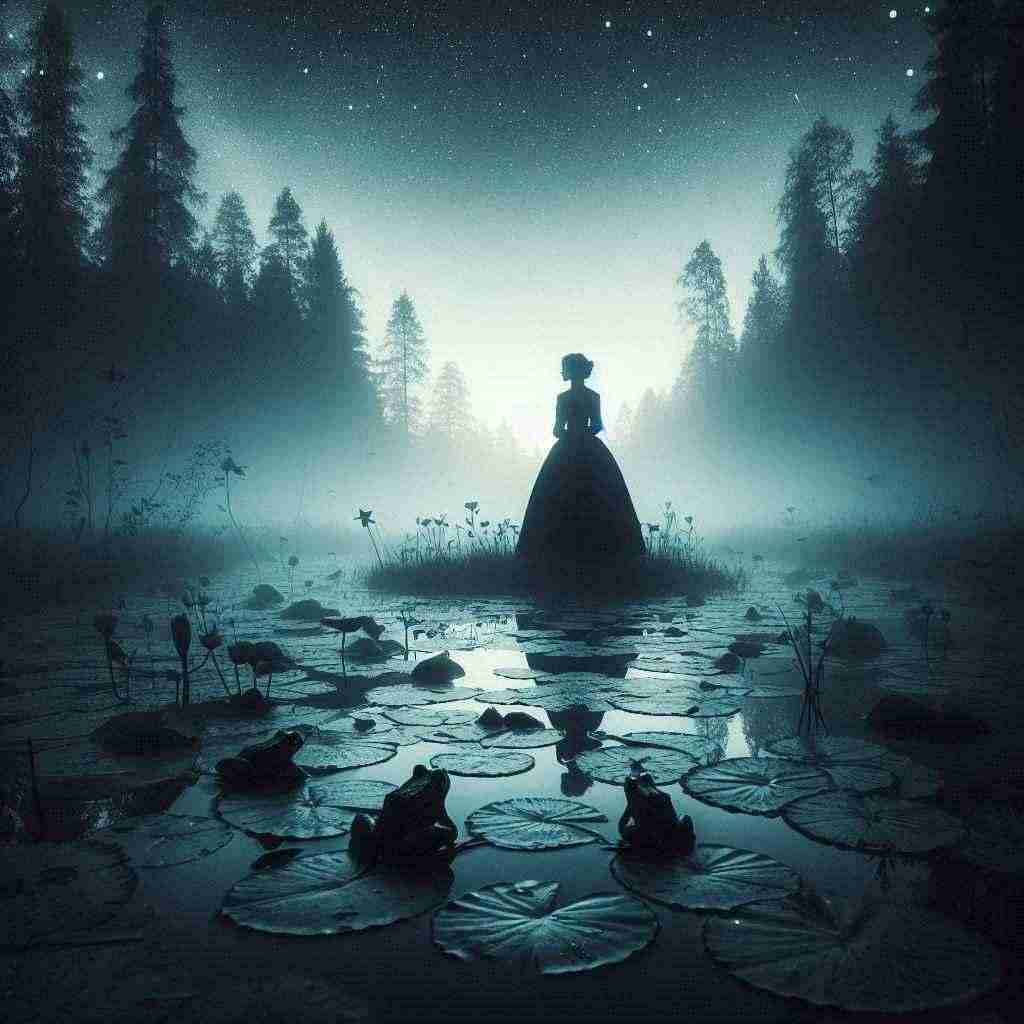I'm Nobody!
Emily Dickinson
1830 to 1886

I’m nobody! Who are you?
Are you nobody, too?
Then there’s a pair of us—don’t tell!
They’d banish us, you know.
How dreary to be somebody!
How public, like a frog
To tell your name the livelong day
To an admiring bog!
Emily Dickinson's I'm Nobody!
Emily Dickinson's poem "I'm Nobody! Who are You?" is a deceptively simple yet profound exploration of identity, social conformity, and the value of individuality. Through its playful tone and seemingly contradictory statements, the poem challenges conventional notions of success and recognition, inviting readers to reconsider the merits of anonymity and the costs of public visibility.
The poem opens with a paradoxical declaration: "I'm nobody! Who are you?" This statement immediately captures the reader's attention through its apparent contradiction. How can one be "nobody" and yet possess the agency to ask a question? This opening line sets the tone for the entire poem, suggesting that the speaker finds value and identity in rejecting societal definitions of importance or status.
The second line, "Are you nobody, too?" extends an invitation to the reader, creating a sense of camaraderie and shared experience. This question implies that being "nobody" is not only acceptable but potentially desirable. It suggests a kinship between those who choose to exist outside of society's spotlight, hinting at a secret community of individuals who find freedom in anonymity.
The third and fourth lines, "Then there's a pair of us - don't tell! / They'd banish us, you know," further develop this idea of a clandestine group. The use of "They" creates a clear dichotomy between the "nobodies" and the unnamed authorities who would "banish" them. This introduces a element of rebellion and resistance against societal norms, positioning the "nobodies" as outsiders who have chosen their status and find joy in it.
The second stanza shifts focus to critique the alternative: being "somebody." The line "How dreary to be somebody!" presents a stark contrast to the excitement and intimacy of the first stanza. The use of "dreary" suggests that public recognition and status are not only undesirable but also tedious and monotonous.
Dickinson then employs a vivid metaphor, comparing the public figure to a frog: "How public, like a frog / To tell your name the livelong day / To an admiring bog!" This image is both humorous and biting in its critique. The frog, constantly croaking its presence, becomes a symbol of self-promotion and the need for constant public affirmation. The "admiring bog" represents an unthinking, undiscerning audience, suggesting that public acclaim is ultimately meaningless.
The choice of a frog and bog as imagery is particularly effective. Frogs are often associated with loudness and incessant noise, while bogs are stagnant, murky environments. This metaphor implies that those who seek public recognition are trapped in a cycle of constant self-promotion to an audience that lacks depth or true understanding.
Throughout the poem, Dickinson employs her characteristic use of dashes and capitalization to create pauses and emphasis. These stylistic choices contribute to the poem's conversational tone and create a sense of intimacy between the speaker and the reader, reinforcing the idea of a shared secret or understanding.
The poem's structure, consisting of two quatrains with an ABBA rhyme scheme, provides a sense of balance and closure. This traditional form contrasts with the unconventional ideas presented, perhaps suggesting that even in rejecting societal norms, one can find structure and harmony.
In conclusion, "I'm Nobody! Who are You?" is a nuanced exploration of identity and social expectations. Dickinson challenges the reader to reconsider the value placed on public recognition and status, suggesting that true freedom and fulfillment may lie in embracing one's anonymity. The poem's enduring appeal lies in its ability to speak to the universal human desire for authenticity and connection, while questioning the societal structures that often hinder these pursuits. Through its playful tone and profound insights, Dickinson invites readers to find joy and companionship in being "nobody," presenting it not as a lack of identity, but as a chosen state of liberation from societal constraints.
This text was generated by AI and is for reference only. Learn more
Want to join the discussion? Reopen or create a unique username to comment. No personal details required!



Comments
No comments yet. Be the first to comment!